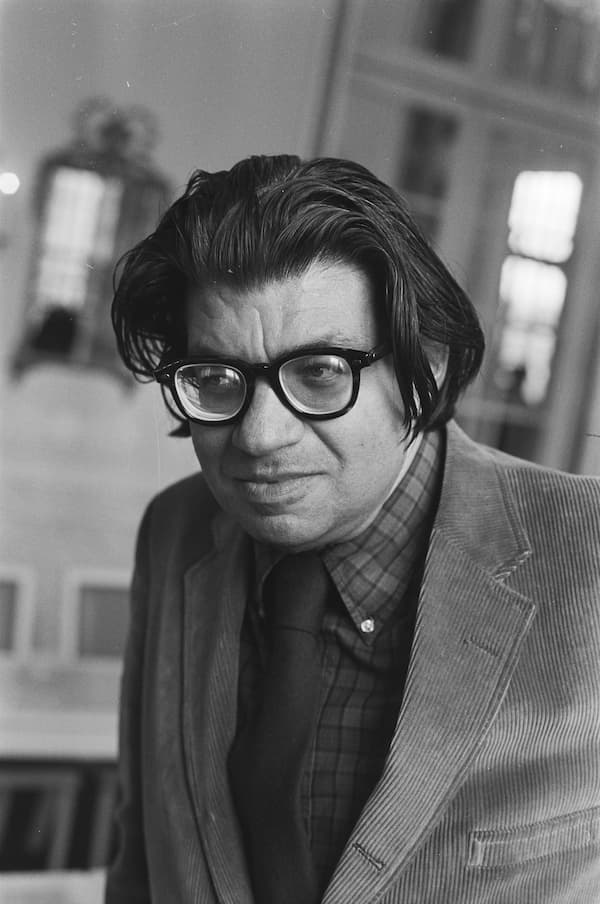American pianist James Iman continues to release ground-breaking albums which challenge convention (his previous recording with music by Debussy is a case in point) and which present lesser-known or rarely-performed repertoire written since 1900 and specifically post-1945. He’s one of the few pianists I know who seems completely at home with composers whose music is often challenging to listen to – yet James has the ability to make these less accessible works engaging and clear, in part due to his meticulous preparation and a genuine affinity with this repertoire.

James W. Iman
His third album on the Metier label was conceived during the Covid-19 pandemic and was intended to be recorded prior to the United States going into lockdown. That didn’t happen, leading to a period of reflection about the programme of pieces featured on the album (works by Klaus Huber, Alban Berg, Morton Feldman and Betsy Jolas). The result is a thoughtfully conceived recording where the pieces connect, not via an overall narrative or general theme, but rather through traits and contrasts and “tendrils of musical abstracta” (James Iman). I wasn’t aware of the album’s initial conception (I hadn’t read the liner notes when I first started listening to it), and yet I sensed a certain separation and introspection, not only in the choice of music but in its actual performance.
The opening piece Ein Hauch von Unzeit II (“A Breath of Non-Time”) by Klaus Huber (1924–2017) quotes Dido’s Lament by Purcell in its opening measures and shares some of that work’s melancholy tone, though the ambience overall is one of calmness rather than sorrow. After the initial statement, the music grows more fragmented, with silences which create moments of separation rather than expectation or resolution between notes and phrases. In this way, it anticipates the works by Morton Feldman, which come later in the album. It requires control and concentration, which Iman certainly has, each note or phrase carefully sculpted.
Alban Berg’s single-movement sonata provides more florid textures and richer harmonies, a good contrast to the pieces which bookend it. Scored in B minor, the same key as that other great one-movement sonata by Franz Liszt, the music is firmly rooted in late Romanticism, despite its bold harmonic wanderings, at times redolent of Scriabin. The music feels curiously tethered; it aches to be free yet continually hovers around its home key. I wondered if this sense of yearning has anything to do with this album being conceived during lockdown….? In any event, Iman gives a convincing account, alert to the work’s shifting emotional palette and climactic episodes.
Alban Berg: Piano Sonata, Op. 1 (James W. Iman, piano)

Morton Feldman
Morton Feldman’s Last Pieces date from 1959. They are not valedictory, farewell works, despite their title, nor do they quote other works or pay homage to other composers. Formless, the duration of notes and chords is left to the discretion of the performer. Thus, sounds emerge, hang suspended, merge or recede. Feldman called these ‘sound events’, and the skill of the performer lies in discerning a particular sound or nuance for each note or tone. Iman captures this brilliantly, allowing the music to “sit”, recalling the Japanese concept of ma (間), whereby the silence between the notes is as much music as the notes which actually sound.
Morton Feldman: Last Pieces – No. 2 (James W. Iman, piano)

Betsy Jolas
The final work on the disc is another single-movement sonata by Betsy Jolas (b.1929). The music inhabits much of the same world as Feldman – and once again, certain decisions are left to the pianist. It’s more textural than Feldman’s writing, with its filigree gestures and multiple lines which stretch and contract. Rhapsodic in nature, it harks back to the Berg sonata in this respect, and Iman’s account is masterful, replete in colour, wit and spontaneity.

Iman: Album III is available on CD and via streaming
For more of the best in classical music, sign up for our E-Newsletter

